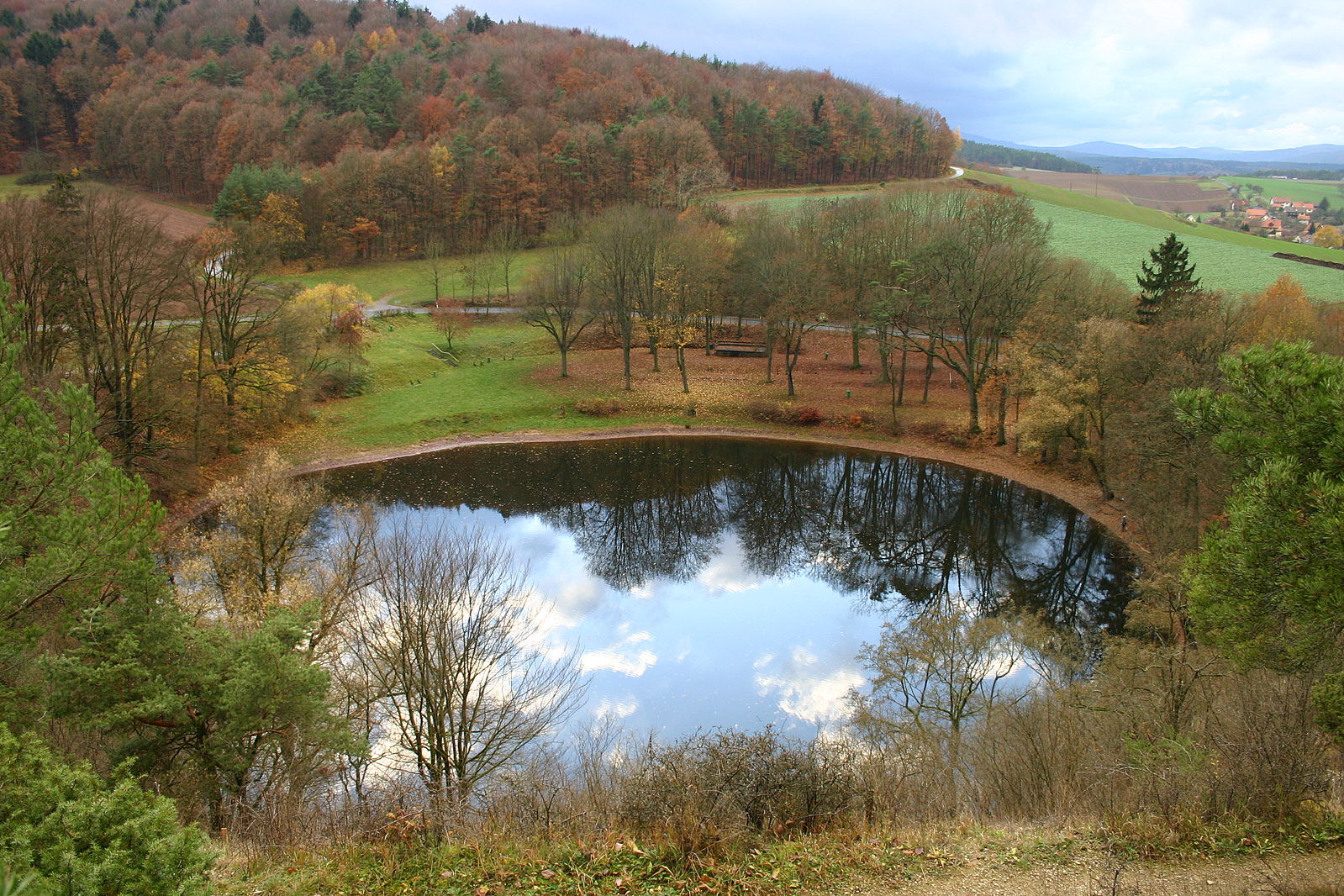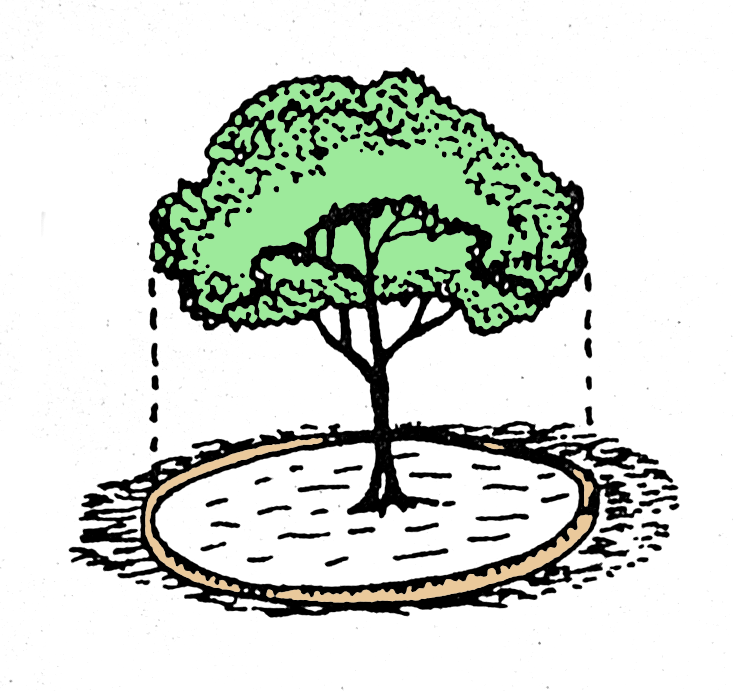Scientists, including geographers and geoscientists, are easily seduced by repeated forms and patterns in nature. This is not surprising, as our mission is to detect and explain patterns in nature, ideally arising from some unifying underlying law or principle. Further, in the case of geography and Earth sciences, spatial patterns and form-process relationships are paramount.
Unfortunately, the recurrence of similar shapes, forms, or patterns may not tell us much. Over the years we have made much of, e.g. logarithmic spirals, Fibonacci sequences, fractal geometry, and power-law distributions—all of which recur in numerous phenomena—only to learn that they don’t necessarily tell us anything, other than that several different phenomena or causes can lead to the same form or pattern. The phenomenon whereby different processes, causes, or histories can lead to similar outcomes is called equifinality.

Center pivot irrigation in Kansas, USA (USGS photo).
To illustrate, let’s use an example of a shape that occurs commonly in nature—the circle (and its 3-D relative, spheres)—but that we haven’t tried to ascribe to some fundamental overriding or underlying law of nature (at least not in recent decades).
In the landscape circular shapes are everywhere—animal burrow openings, center-pivot irrigation areas, impact craters (from raindrops to meteors), explosion craters, sinkholes, weathering cavities, tree canopy “footprints” (driplines).

Sinkhole near Mellrichstadt, Bavaria, Germany (photo: Wikimedia Commons).
The simplest answer is that circles and spheres are efficient. The circle is the 2D shape with the smallest perimeter/area ratio, and the sphere is the most efficient 3D shape for enclosing a given volume. Thus an ant or a wombat digging a nest or burrow seeking to get the job done with least effort constructs a more or less circular opening. Surface tension acting to pull molecules into the tightest possible grouping forms spheres, and thus the effects of these spheres (bubbles) tends to be approximately circular or half-spherical (e.g., cavitation pits in rock). Farmers seeking to irrigate the maximum area of cropland with the minimum amount of pipe use the center-pivot system where topography allows it, resulting in circular vegetation and soil moisture patterns.
So are all landscape circles a manifestation of geometric efficiency? Not quite.

Lunar craters (NASA photo)
A point-centered disturbance with no directional bias (that is, no tendency for effects to be significantly greater in any particular direction away from the point) also produces a circle. Thus explosion craters from volcanoes or bombs, and impact craters are approximately circular. So too for sinkholes formed by solution centered on a vertical joint.
Isotropic dispersion from a point also produces circular patterns. When not affected by other plants or structures, tree branches grow away from the trunk with an equal probability in any direction (same for roots below the ground for trees with lateral roots). Over time the extent of branches and foliage away from the trunk is approximately equal on all sides, so that the zone of influence on the ground reflected by driplines, litter fall, and soil moisture drawdown is circular. Animals foraging from a central point (nest or burrow) will also produce circular impact areas when resource distribution in isotropic.

Tree canopy dripline (durianinfo.blogspot.com)
In the atmosphere the combination of the pressure gradient force and the Coriolis effect produce circular flow around a low pressure center (or a spiral into the low near the ground, where friction plays a role). Thus produces circular patterns of wind and clouds in cyclonic storms.

Typhoon Maysak as seen from the International Space Station (www.abc.net.au).
Finally, there is preferential preservation. In some cases the processes that produce a given form may not necessarily tend toward maximum efficiency, but once formed, those more stable or efficient structures may be preferentially preserved. Thus, for example, weathering cavities on a rock surface with a more spherical (or hemispherical) shape may be more mechanically stable and thus preferentially preserved compared to other cavity shapes of similar volume.

Weathering cavities, Kaikoura Peninsula, NZ (Stefanie Boltersdorf photo)
Circular and spherical features are therefore examples of equifinality. Even though the explanations above could perhaps be lumped together into two general categories of efficiency-based explanations and point-centered processes, no single explanation applies to all circular or spherical features. In this the circle is no different than a number of other shapes, patterns, and distributions found in nature.


